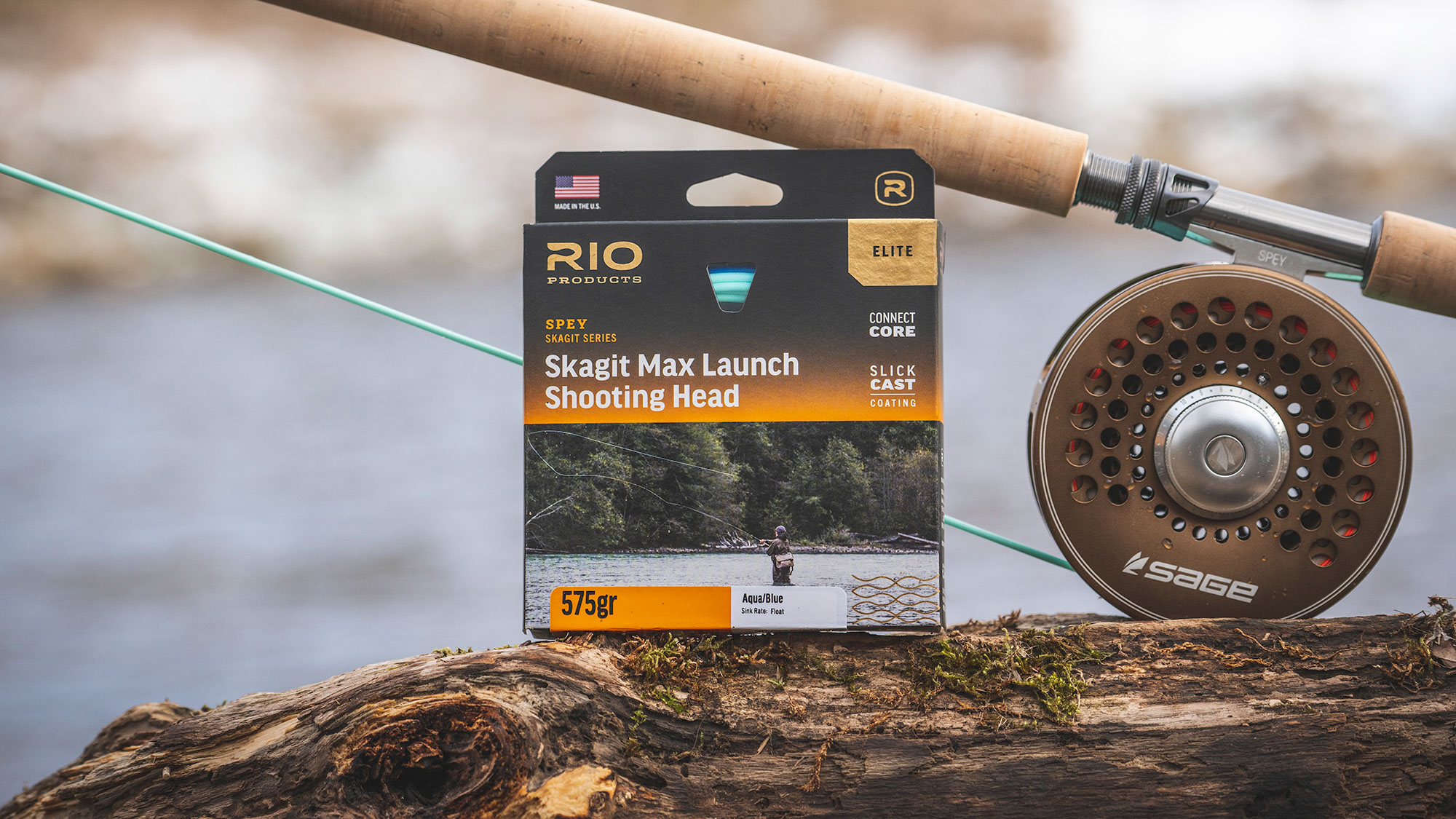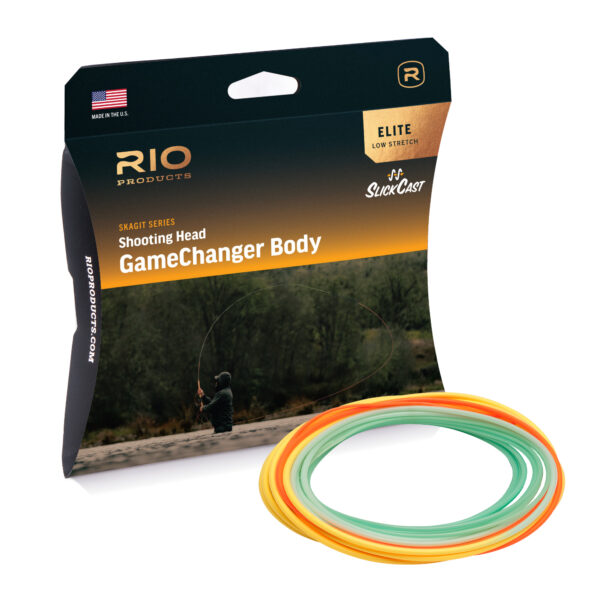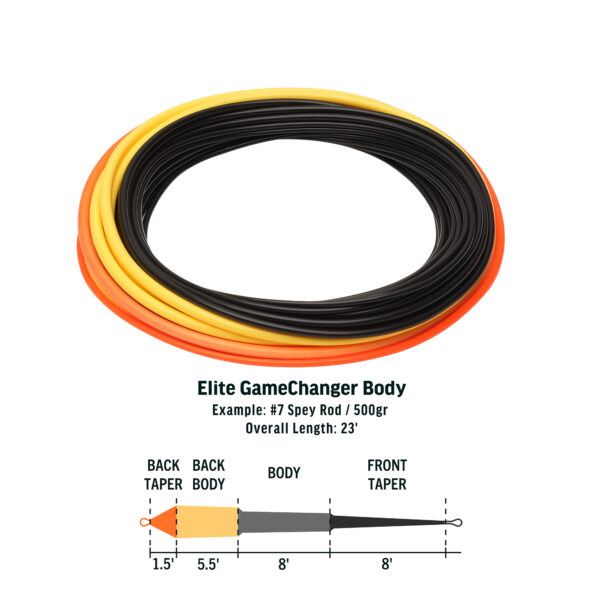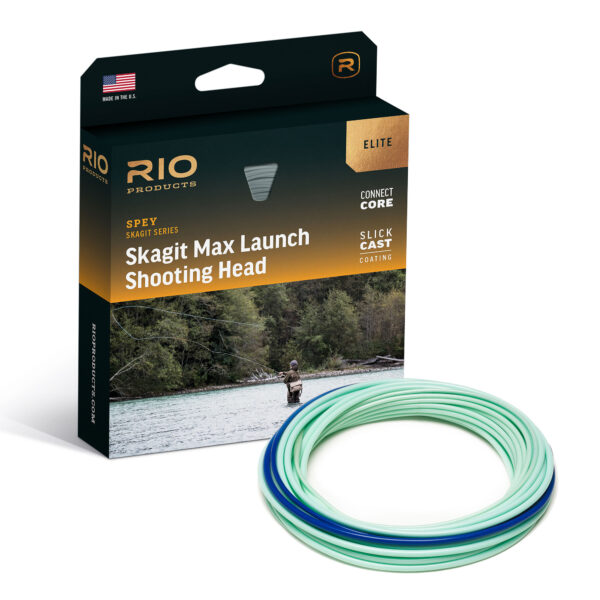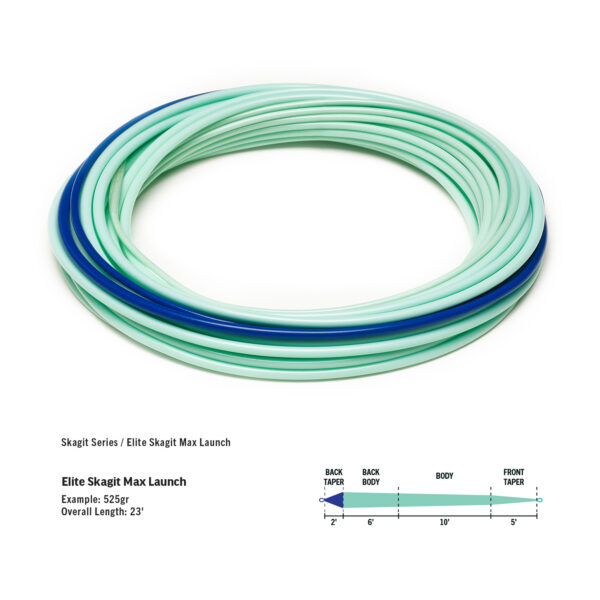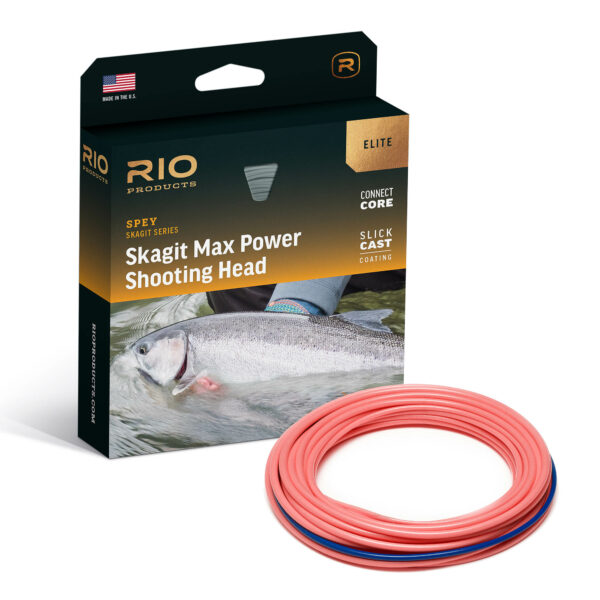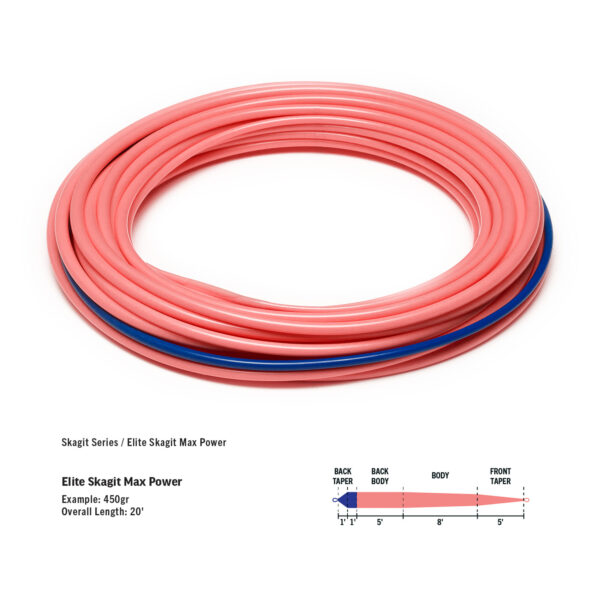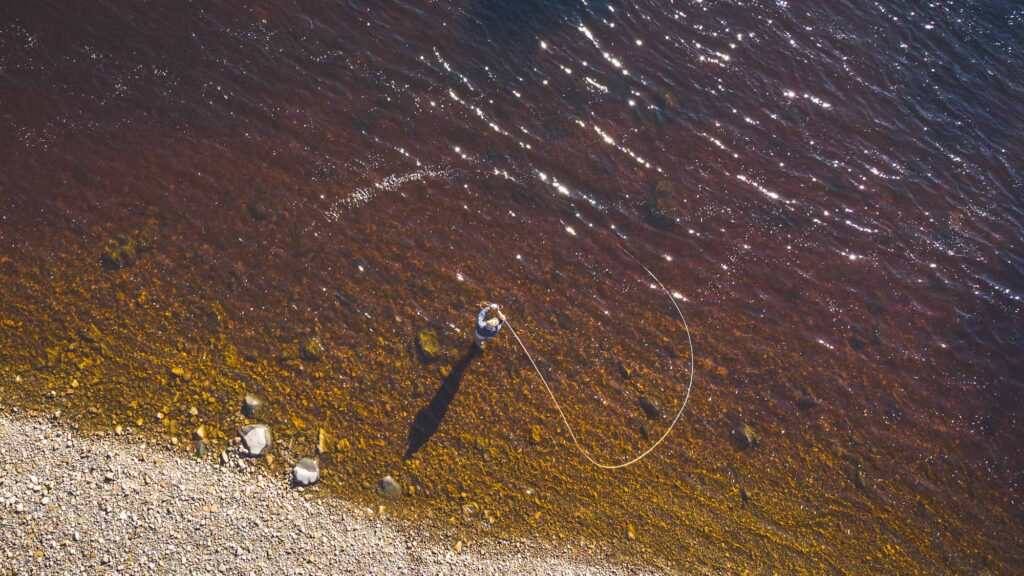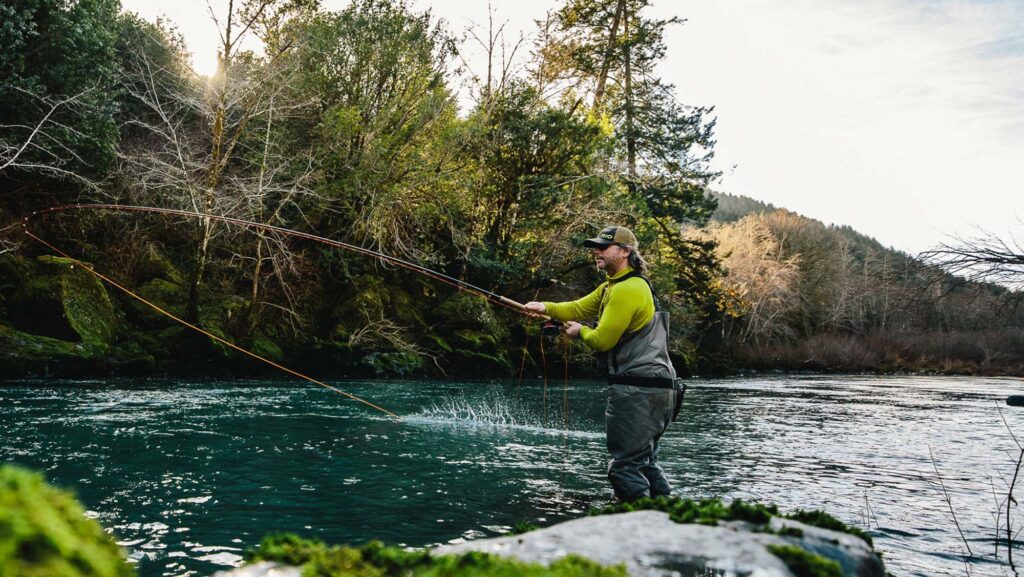With Spey And Scandi Lines Matching Our Needs Throughout The Season, Do I Honestly Need A Skagit As Well? We Think Maybe You Do…
Most of us belong in one of two camps, using either the shorter Scandinavian inspired heads and integrated lines or longer, full Spey lines. Those prepared to embrace both styles of line certainly have at their disposal the means to deliver flies to almost any desired place and depth in a pool, then mend or steer them to fish effectively.
We add VersiLeaders/Polyleaders to help control depth. Swap to Multi-tip/VersiTip lines or even full sinking heads to get deeper, and opt for shorter head lengths when space gets tight. Developed on Atlantic salmon fisheries around the world, it’s no coincidence that Scandi style and Spey lines match our needs very well throughout the season. So, with all these in the bag, do you really, honestly need a Skagit line as well? We think maybe you do…
If we got to choose everything about a day’s salmon fishing: The river at “a good fly height”, easy wading and clear banks. Fish lying in medium-paced water, not too deep of course, and with decent clarity. We’d have no need for a Skagit. So, if you’re fortunate enough and that describes your beat, especially fishing through the warmer months of May – September, then you’re excused. Check out our range of Scandi and Spey lines instead.
Otherwise, sooner or later on a trip – and especially likely in Spring, or later in Autumn, which are no doubt exciting times to fish for salmon. Conditions will start to stack the odds against a dedicated fly angler.


Our first day out last Spring started innocently enough. We arrived at a slightly high river, with cold water demanding. Okay, cold water didn’t demand anything – but the Ghillie did! That we fish a fairly big fly, well down in the water, and slowly.
Most of us had an outfit to cover that. Either a RIO VersiTip line or 3D/Triple D head? A full Intermediate line or head? One of the group opted for his trusty floating line equipped with a sinking Polyleader. That choice raised a frown from our Ghillie, but it seemed to still offer a fair chance of success. “Mending the fly down and fishing it slowly was the key” we heard.
The second pool was more challenging to fish. Even from my preferred left-hand bank, which lets me cast ‘right hand up’ most of the time. A deeper wade and slow water made dealing with sink tips harder. Especially towards the best holding spot which came with a choice of either casting from a steep rocky bank, or deep wading to gain almost enough room for a D loop. We saw fish show in that lie through the afternoon but I’m not sure that any of us covered them very well. The ‘squarish cast’ needed to get the fly down and fishing in time brought the D loop back towards rocks – and things started to suffer. A few failed casts where the line caught up, or sometimes it unrolled lazily onto the water and I had to pull some back immediately to regain tension.
The tail of the pool had to be fished from the bank. A longer cast at a narrower angle made sense. The pace of water had picked up, and that seemed to help slow down the swing of the fly – swimming provocatively, behind my ’T-tip’ An ultra-fast sink tip for just those conditions. Sadly the wind had also picked up by that point, blowing straight downstream. I like the Double Spey but, standing on the bank and aiming at 45 degrees there was almost no D loop and so not much energy in the forward cast. Sometimes, the wind kindly took hold of the slow-moving line and laid it pretty much back where I’d just lifted it from!
Part of the reason we fish is surely for the challenge, so if one or two things aren’t perfect then that’s fine. It’s normal. But, without the ability to put the fly where you want to, and control it as the cast fishes round’ the challenge can feel lost. The longer and faster the Sink tips. The bigger or heavier the flies. The higher and colder the river, which often pushes us tighter to obstructions behind, the more we need a Skagit.
Skagit is the heavy-duty bad boy of salmon lines. Imagine taking the weight of your 50’ Spey line head or 40’ Scandi Head. Adding a little more for good measure, then squeeze it all down into around 25’ of really chunky fly line. That’s approximately a Skagit. Such concentrated weight makes Skagit heads uniquely capable of lifting and delivering the fastest sinking fly line tips available, even with a big fly in tow. They will flex and load a rod with simple a roll cast so Skagit heads can still perform in the tightest casting spots.
This also makes Skagit a specialist line – complete with a list of “Dos and Don’ts” for safe, effective use. Check out Skagit Q&A for more on this.
If you need a Skagit in your bag this Spring, we can help Choosing a Skagit
Jim Fearn
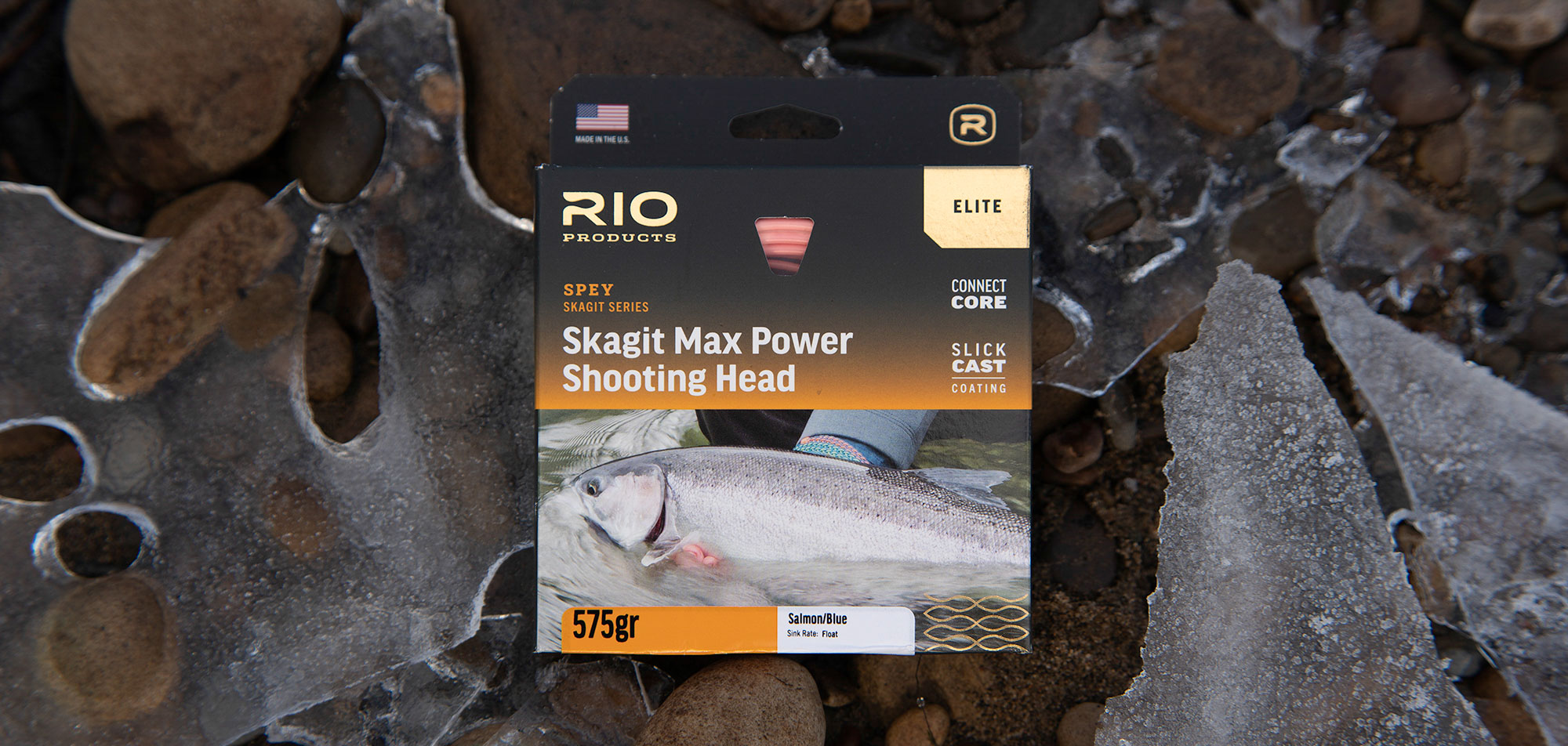

 (£)
(£)
 (NOK)
(NOK)  (DKK)
(DKK)  (SEK)
(SEK)  (€)
(€) 
